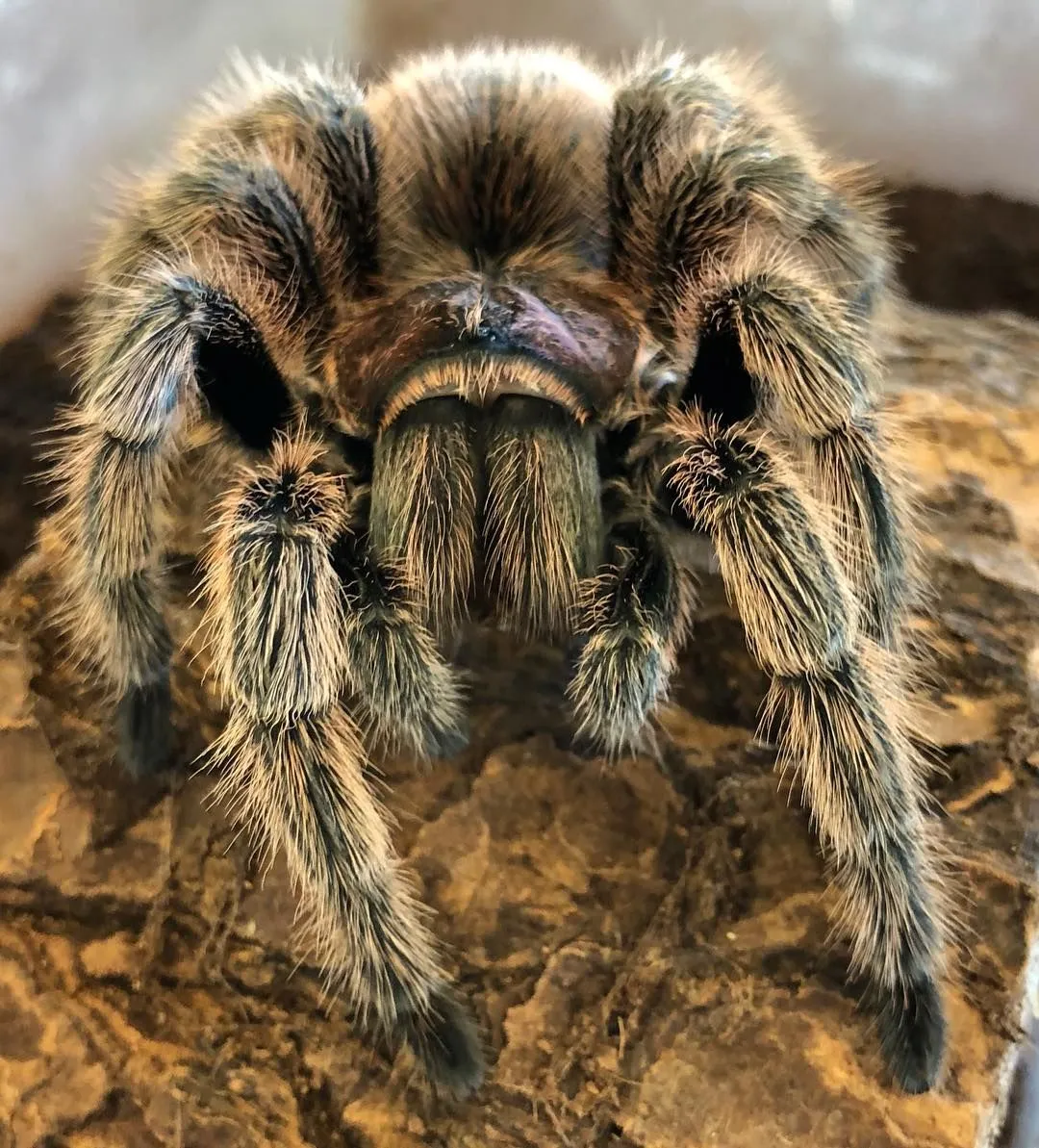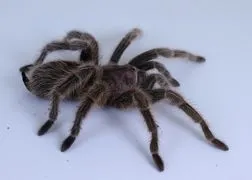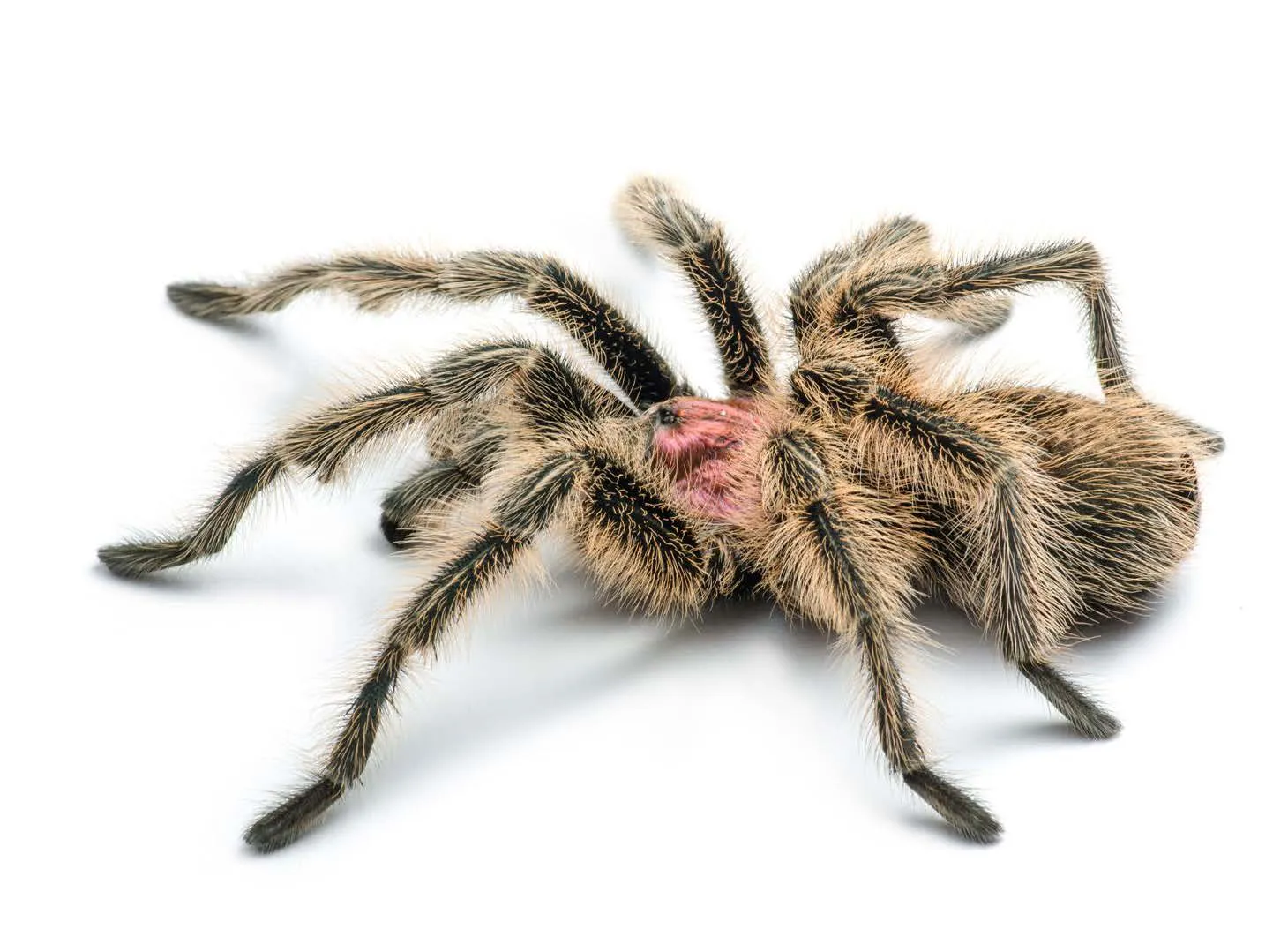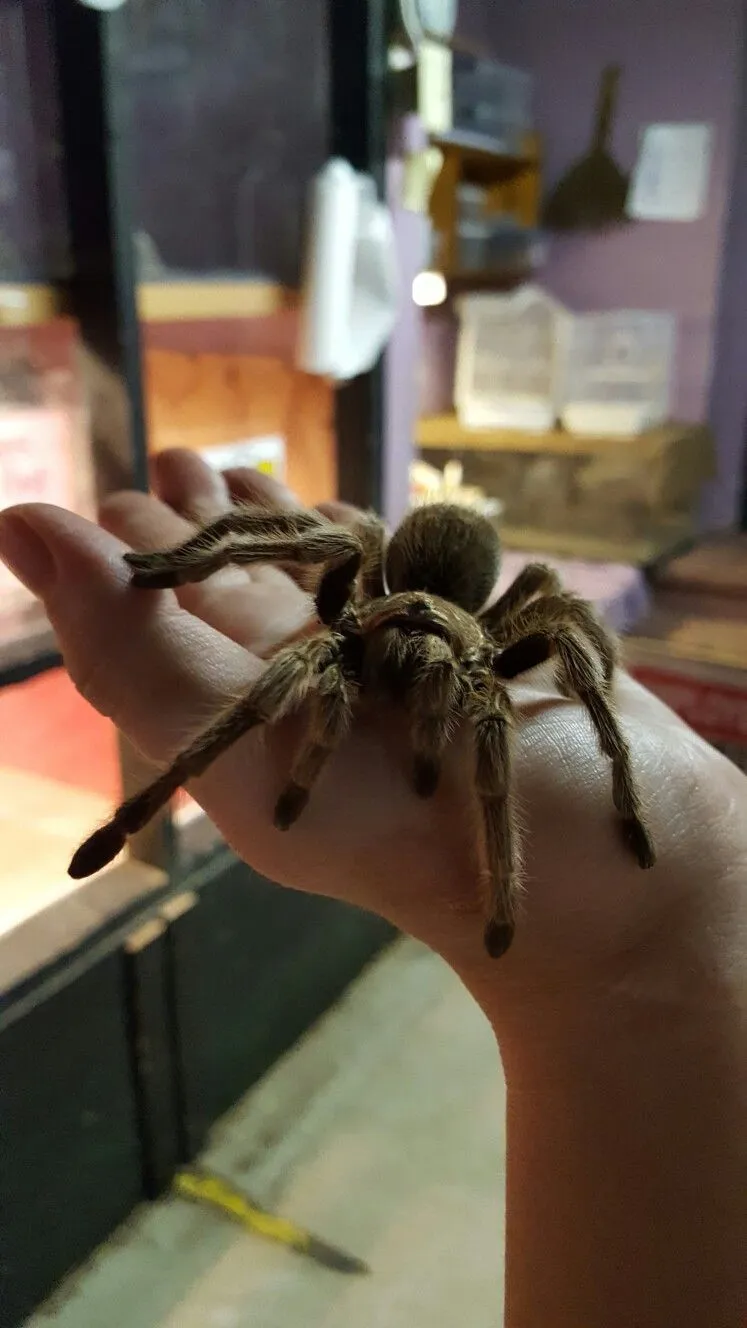Top 5 Rose Hair Tarantula Food Facts
Caring for a Rose Hair Tarantula, a popular pet due to its docile nature and relatively simple care requirements, involves several crucial aspects, with diet being paramount. This article unveils the top 5 food facts that will ensure your Rose Hair Tarantula thrives. Understanding what, when, and how to feed your tarantula can significantly impact its health, longevity, and overall well-being. From the importance of a balanced diet to the specifics of live insects, this guide provides essential insights for both new and experienced tarantula owners. Following these facts will not only help in maintaining your pet’s health but also in creating a fulfilling and enjoyable experience for both you and your eight-legged friend.
What Do Rose Hair Tarantulas Eat?
Rose Hair Tarantulas are primarily insectivores, meaning their diet consists mainly of insects. In the wild, they consume a variety of bugs they can catch, including crickets, grasshoppers, and even small lizards. As pets, their diet needs to be carefully managed to provide all the necessary nutrients. The key is to replicate their natural diet as closely as possible to ensure they receive the proteins, fats, and other essential elements needed for growth and development. Providing a varied diet of appropriate insects is crucial for maintaining their health and ensuring they live a long life. Furthermore, the size of the food items should be appropriate for the size of the tarantula to avoid any potential difficulties.
The Importance of a Balanced Diet

A balanced diet is not just about feeding your Rose Hair Tarantula; it’s about feeding them the right nutrients in the correct proportions. This means ensuring that the insects you feed them are not only alive but also of high nutritional value. A diet lacking in essential nutrients can lead to health problems, including poor growth, weak molts, and a shortened lifespan. Supplementing their food with gut-loaded insects is an excellent way to provide essential vitamins and minerals. Additionally, offering a variety of insects can ensure your tarantula receives a broader range of nutrients. Always research the nutritional content of the insects you plan to feed your tarantula to make informed choices.
Feeding Frequency
The frequency of feeding your Rose Hair Tarantula is another critical aspect of their care. Spiderlings and juvenile tarantulas require more frequent meals than adults. Younger tarantulas should ideally be fed every other day, while adult tarantulas can be fed once or twice a week. Overfeeding can lead to obesity, which can negatively affect their health. It’s important to observe your tarantula’s behavior and adjust the feeding schedule as needed. If your tarantula refuses food, it might be preparing to molt, and it’s best not to force-feed it during this time. Always remove uneaten food within 24 hours to maintain a clean and healthy environment.
Live Insects as Staple Food
Live insects are the cornerstone of a Rose Hair Tarantula’s diet. These provide the essential proteins and nutrients that a tarantula needs to thrive. Crickets are a popular choice, readily available at most pet stores. Roaches, mealworms, and superworms are also excellent options. The key is to ensure that the insects are free from pesticides and other harmful chemicals. Sourcing your insects from a reputable supplier is vital. Offering live insects also satisfies the tarantula’s natural hunting instincts, providing mental stimulation and enrichment. Ensure that the insects are appropriately sized to avoid stressing your tarantula or posing a risk of injury.
Gut-Loading and Dusting

Gut-loading and dusting are two essential techniques for enhancing the nutritional value of the insects you feed to your Rose Hair Tarantula. Gut-loading involves feeding the insects a nutritious diet for at least 24 hours before offering them to your tarantula. This process ensures the insects are packed with vitamins and minerals that will benefit your pet. Dusting involves coating the insects with a calcium and vitamin supplement before feeding. This is particularly important for juvenile tarantulas to support healthy growth and molting. Both gut-loading and dusting are proactive steps that significantly contribute to the overall health and well-being of your tarantula.
Acceptable Insects
When selecting insects for your Rose Hair Tarantula, consider the size and nutritional value. Crickets, dubia roaches, and mealworms are generally safe and nutritious choices. However, avoid feeding your tarantula wild-caught insects, as they may contain pesticides or parasites. Research the insects you plan to use to ensure they are safe and appropriate for your tarantula. Variety is key; offering a combination of different insects can help provide a more balanced diet. Always prioritize the health and safety of your tarantula by selecting high-quality, pesticide-free insects from trusted sources. Proper insect selection is a fundamental aspect of responsible tarantula care.
Supplemental Foods
While live insects form the bulk of a Rose Hair Tarantula’s diet, certain supplemental foods can be beneficial. These might include small amounts of pre-killed insects or even commercially prepared tarantula food, but these should only be used sparingly and not as a primary food source. Always ensure that any supplemental food is safe, free from contaminants, and does not pose any health risks to your tarantula. The focus should always remain on providing a well-balanced diet of live insects that meet the tarantula’s nutritional needs.
Water and Hydration

Providing a constant supply of fresh water is as crucial as the right food. Tarantulas need water to stay hydrated and maintain their bodily functions. Dehydration can be detrimental, potentially leading to serious health issues. Fresh, clean water must always be available. Regularly check and replenish the water source to ensure your tarantula stays hydrated. In addition, the humidity levels in the enclosure play a significant role in maintaining proper hydration, particularly during molting.
How to Provide Water
There are several ways to provide water for your Rose Hair Tarantula. The most common method is to use a shallow water dish. The dish should be small enough to prevent the tarantula from drowning and should be placed in a secure location within the enclosure. Another option is to use a water gel, which provides a source of hydration while minimizing the risk of drowning. Regularly change the water, regardless of the method, to keep it fresh and free from contaminants. This ensures your tarantula always has access to clean drinking water, vital for their well-being.
Signs of Dehydration
Recognizing the signs of dehydration is vital for the health of your Rose Hair Tarantula. A dehydrated tarantula may appear sluggish, with a wrinkled abdomen. They may also exhibit difficulty molting. If you notice any of these signs, take immediate action by ensuring fresh water is available, and increase the humidity in the enclosure if needed. Dehydration can quickly become life-threatening, so prompt intervention is crucial. Regularly observe your tarantula for these signs to ensure its health and well-being.
Conclusion

Caring for a Rose Hair Tarantula involves more than just feeding them insects; it encompasses understanding their dietary needs and providing a comprehensive care plan. By focusing on a balanced diet, feeding frequency, and the importance of hydration, you can ensure your tarantula lives a long, healthy, and fulfilling life. Remember to research, observe, and adapt your care routine based on your tarantula’s individual needs. With the right knowledge and dedication, you can provide a thriving environment for your fascinating pet. Following these top 5 food facts will enable you to be a responsible and successful Rose Hair Tarantula owner.
